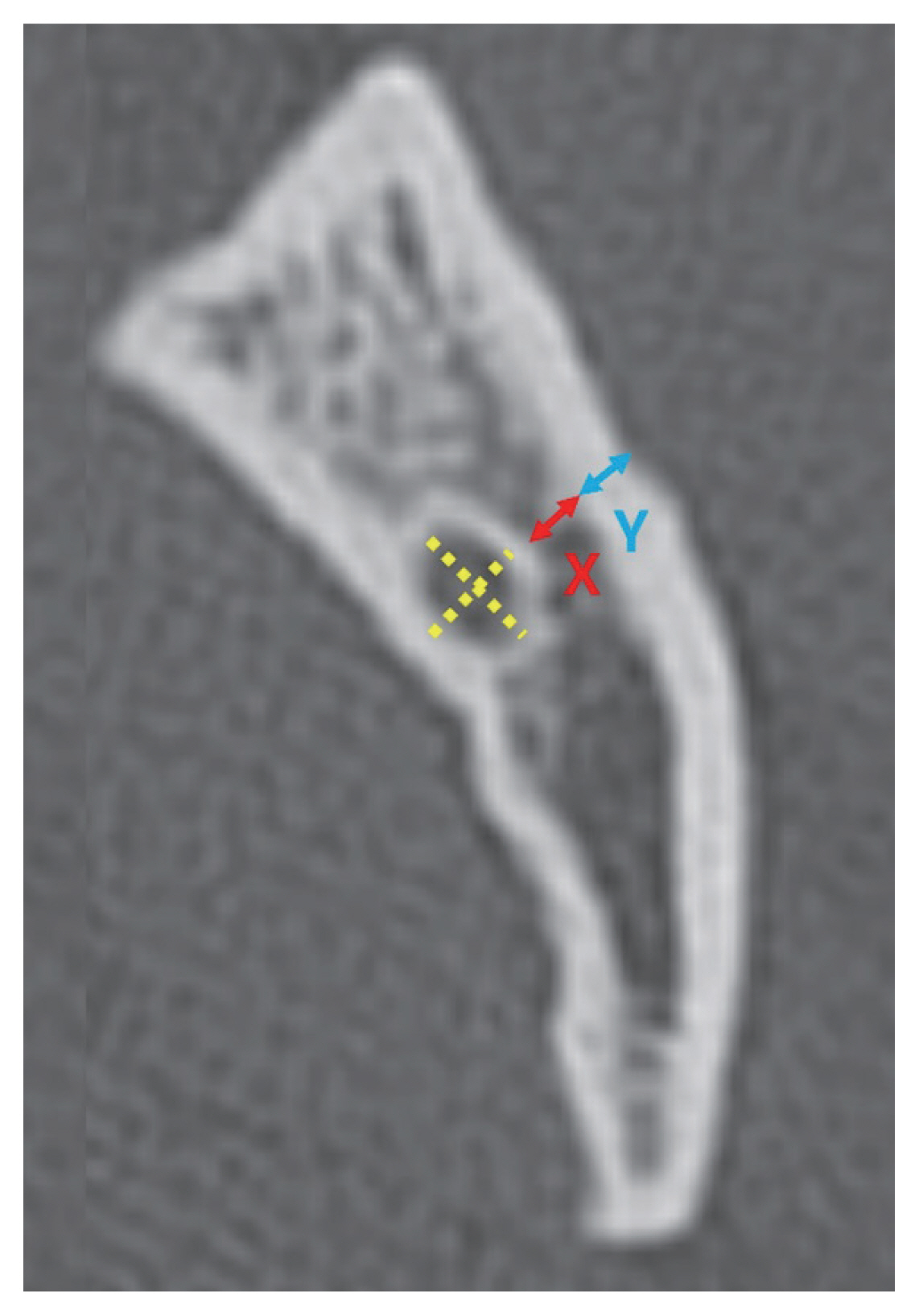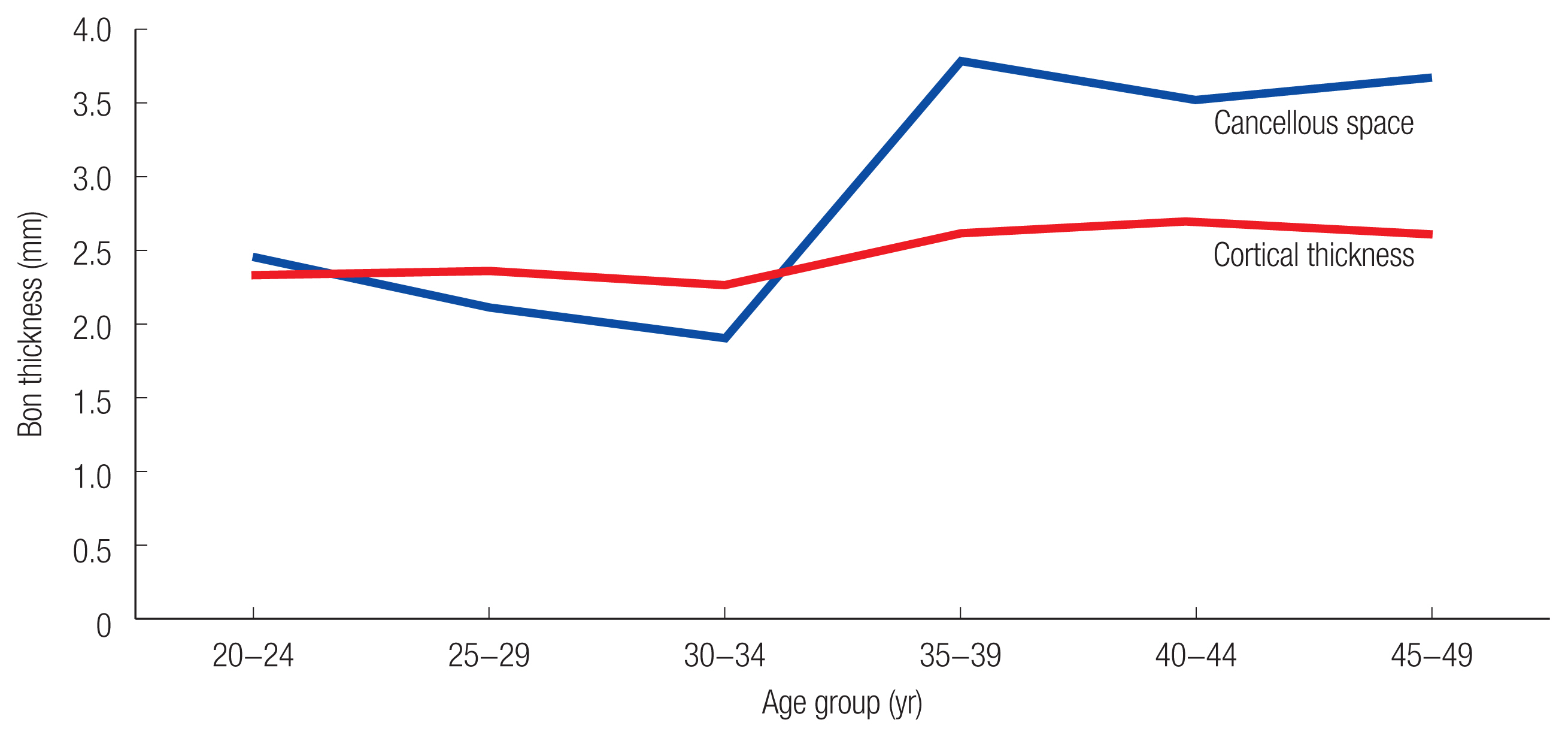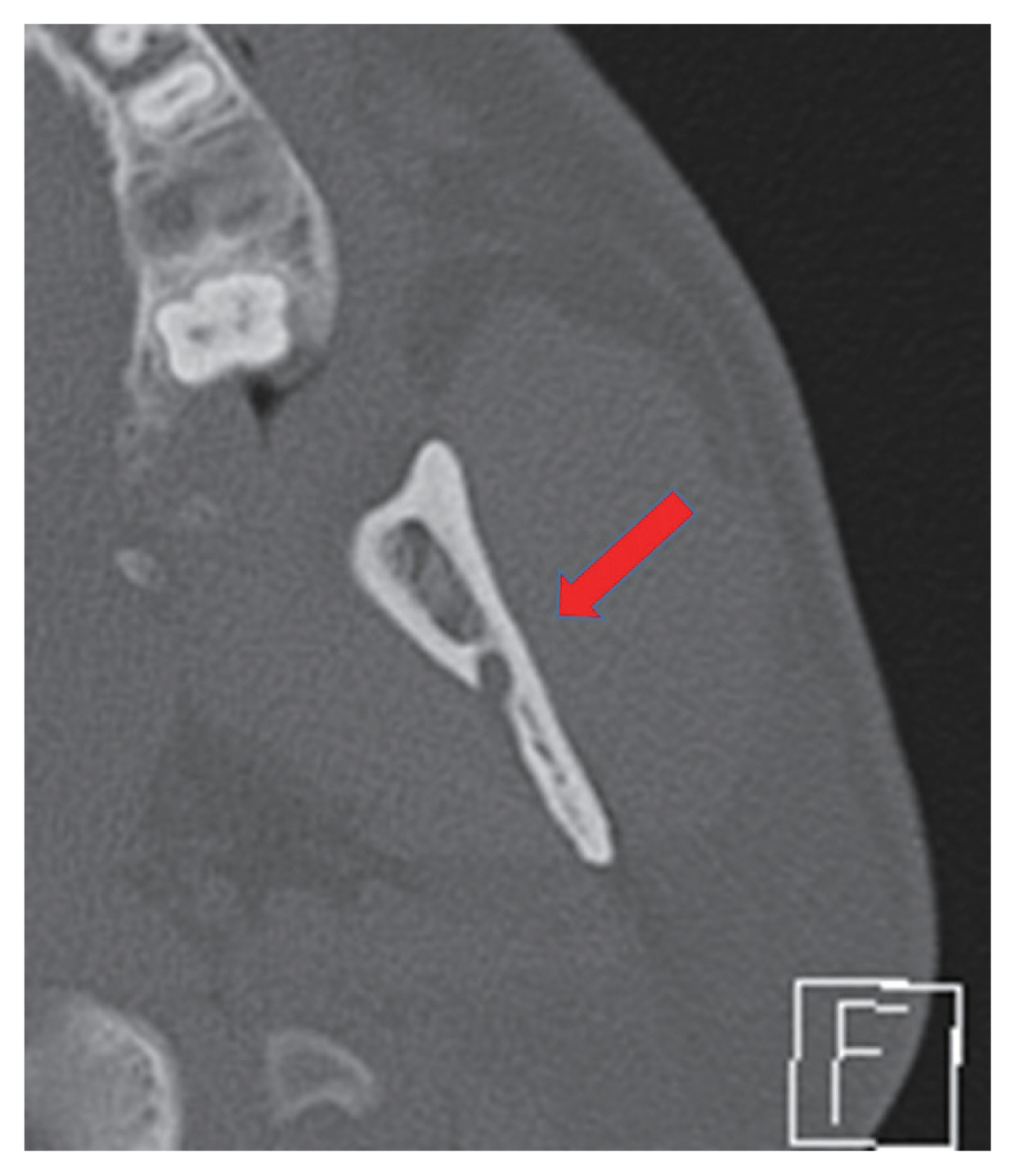1. Rees RT. Permanent damage to inferior alveolar and lingual nerves. Br Dent J 1992;173:123-4.


3. Mavili ME, Canter HI, Saglam-Aydinatay B. Semirigid fixation of mandible and maxilla in orthognathic surgery: stability and advantages. Ann Plast Surg 2009;63:396-403.


6. Bede SY, Ismael WK, Al-Assaf DA, Omer SS. Inferior alveolar nerve injuries associated with mandibular fractures. J Craniofac Surg 2012;23:1776-8.


7. Smith BM, Deshmukh AM, Barber HD, Fonseca RJ. Mandibular fractures. In: Fonseca RJ, Barber HD, Powers MP, Frost DE, editors. Oral and maxillofacial trauma. 4th ed. St. Louis: Elsevier Saunders; 2013. p. 293-330.

8. Ehrenfeld M, Prein J, Assael L, Ueeck B, Gellrich NC, Schoen R, et al. Mandibular fractures. In: Ehrenfeld M, Manson PN, Prein J, editors. Principles of internal fixation of the craniomaxillofacial skeleton trauma and orthognathic surgery. Stuttgart: Georg Thieme Verlag; 2012. p. 137-79.
9. Perry M, Holmes S. Mandibular fractures. In: Perry M, Holmes S, editors. Atlas of operative maxillofacial trauma surgery: primary repair of facial injuries. London: Springer; 2014. p. 160-243.

13. Won SY, Kim SH, Kim ST, Paik DJ, Song WC, Koh KS, et al. Trabecular bone ratio of mandible using micro-computed tomography in Korean. J Craniofac Surg 2010;21:920-4.


14. Al-Kalaly AA, Wong RW, Cheung LK, Purkayastha SK, Schatzle M, Rabie AB. Evaluation of bone thickness around the mental foramen for potential fixation of a bone-borne functional appliance: a computer tomography scan study. Clin Oral Implants Res 2010;21:1288-93.


15. Manlove AE, Romeo G, Venugopalan SR. Craniofacial growth: current theories and influence on management. Oral Maxillofac Surg Clin North Am 2020;32:167-75.


16. Yoshioka I, Tanaka T, Khanal A, Habu M, Kito S, Kodama M, et al. Relationship between inferior alveolar nerve canal position at mandibular second molar in patients with prognathism and possible occurrence of neurosensory disturbance after sagittal split ramus osteotomy. J Oral Maxillofac Surg 2010;68:3022-7.


17. Johannesdottir F, Turmezei T, Poole KE. Cortical bone assessed with clinical computed tomography at the proximal femur. J Bone Miner Res 2014;29:771-83.


20. Ohiomoba H, Sonis A, Yansane A, Friedland B. Quantitative evaluation of maxillary alveolar cortical bone thickness and density using computed tomography imaging. Am J Orthod Dentofacial Orthop 2017;151:82-91.


22. Lee JH, Son YJ, Hwang JH, Baek SH, Jeon JH. Influence of anatomic position and intraoperative exposure of the inferior alveolar nerve on neurosensory disturbance after sagittal split ramus osteotomy: a three-dimensional computed tomography study. Oral Surg Oral Med Oral Pathol Oral Radiol 2016;122:300-5.


23. van der Hee JG, Verweij JP, de Jonge H, Fiocco M, Mensink G, van Merkesteyn J. Density of the mandibular ramus (cancellous:cortical bone volume ratio) as a predictor of the lingual fracture pattern in bilateral sagittal split osteotomy. Br J Oral Maxillofac Surg 2020;58:427-31.


24. Haas OL Junior, Guijarro-Martinez R, de Sousa Gil AP, da Silva Meirelles L, Scolari N, Munoz-Pereira ME, et al. Hierarchy of surgical stability in orthognathic surgery: overview of systematic reviews. Int J Oral Maxillofac Surg 2019;48:1415-33.


25. Sun Y, Tian L, Luebbers HT, Politis C. Relapse tendency after BSSO surgery differs between 2D and 3D measurements: a validation study. J Craniomaxillofac Surg 2018;46:1893-8.


26. van der Hoeve EP, Wittkampf A, Rosenberg A. Preventing hypoesthesia after a buccal plate fracture in a sagittal split procedure: a technical note. J Craniomaxillofac Surg 2018;46:1818-20.


27. Morita T, Takebayashi T, Takashima H, Yoshimoto M, Ida K, Tanimoto K, et al. Mapping occipital bone thickness using computed tomography for safe screw placement. J Neurosurg Spine 2015;23:254-8.


28. Bonangi R, Kamath G, Srivathsa HS, Babshet M. Utility of CBCT for the measurement of palatal bone thickness. J Stomatol Oral Maxillofac Surg 2018;119:196-8.


29. Seebeck J, Goldhahn J, Stadele H, Messmer P, Morlock MM, Schneider E. Effect of cortical thickness and cancellous bone density on the holding strength of internal fixator screws. J Orthop Res 2004;22:1237-42.


30. Thiele OC, Eckhardt C, Linke B, Schneider E, Lill CA. Factors affecting the stability of screws in human cortical osteoporotic bone: a cadaver study. J Bone Joint Surg Br 2007;89:701-5.


31. Wallace MJ, Bledsoe G, Moed BR, Israel HA, Kaar SG. Relationship of cortical thickness of the proximal humerus and pullout strength of a locked plate and screw construct. J Orthop Trauma 2012;26:222-5.


32. Lindner J, Douglas L, Seligson D, Waddell S, Voor M. Orthopaedic anatomy of the sternum: a micro-CT study to guide the fixation of sternal fractures. Biol Eng Med 2017;2:1-4.

33. Stoelinga PJW. Osteotomies of the mandible. In: Harle F, Champy M, Terry B, editors. Atlas of craniomaxillofacial osteosynthesis: microplates, miniplates, and screws. 2nd ed. New York: Thieme; 2009. p. 109-15.
34. Aziz SR, Greenberg AM, Escobar V, Schwimmer A. Maxillary osteotomies: mandibular sagittal split ramus osteotomy. In: Greenberg AM, Schmelzeisen R, editors. Craniomaxillofacial reconstructive and corrective bone surgery. 2nd ed. New York: Springer; 2019. p. 610-1.
35. DŌĆÖAgostino A, Trevisiol L, Gugole F, Bondi V, Nocini PF. Complications of orthognathic surgery: the inferior alveolar nerve. J Craniofac Surg 2010;21:1189-95.


36. Colella G, Cannavale R, Vicidomini A, Lanza A. Neurosensory disturbance of the inferior alveolar nerve after bilateral sagittal split osteotomy: a systematic review. J Oral Maxillofac Surg 2007;65:1707-15.


38. Orloff G. Management of facial fractures. Mandible fractures. In: Thaller SR, Bradley JP, Garri JI, editors. Craniofacial surgery. New York: Informa Healthcare; 2008. p. 305-14.















